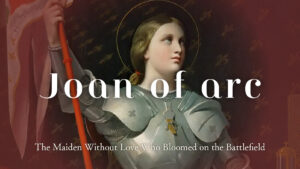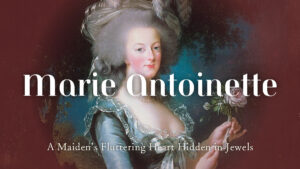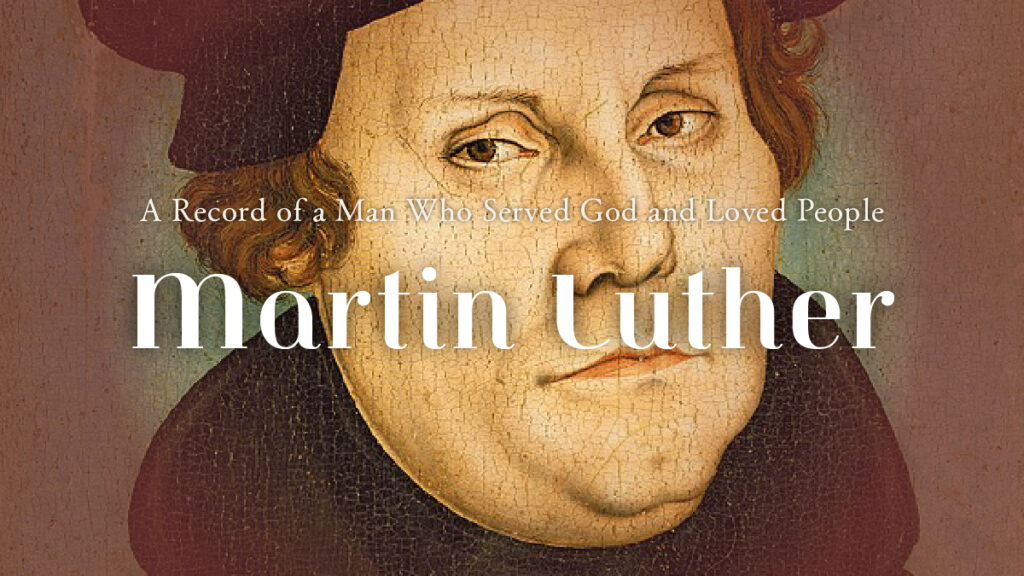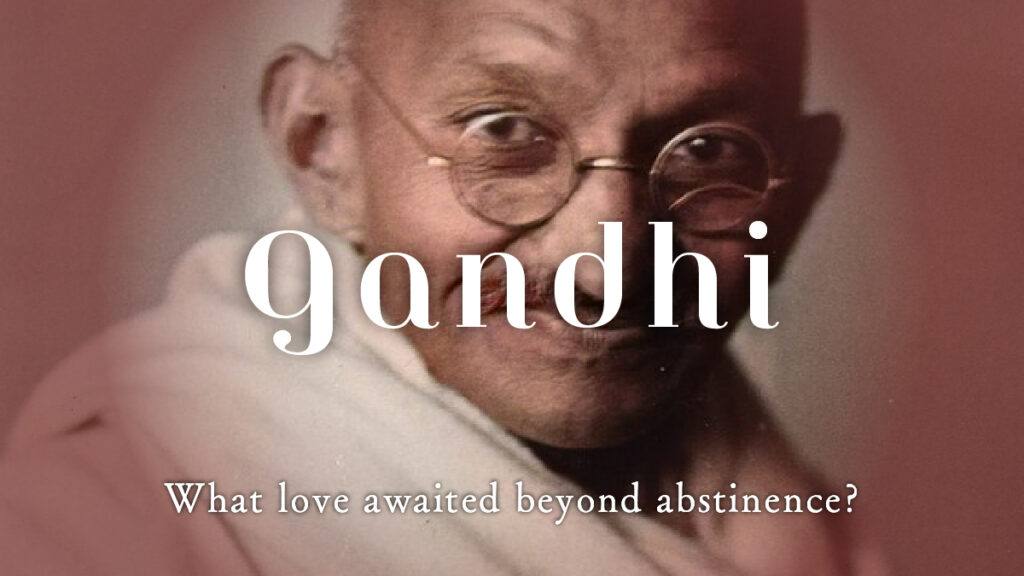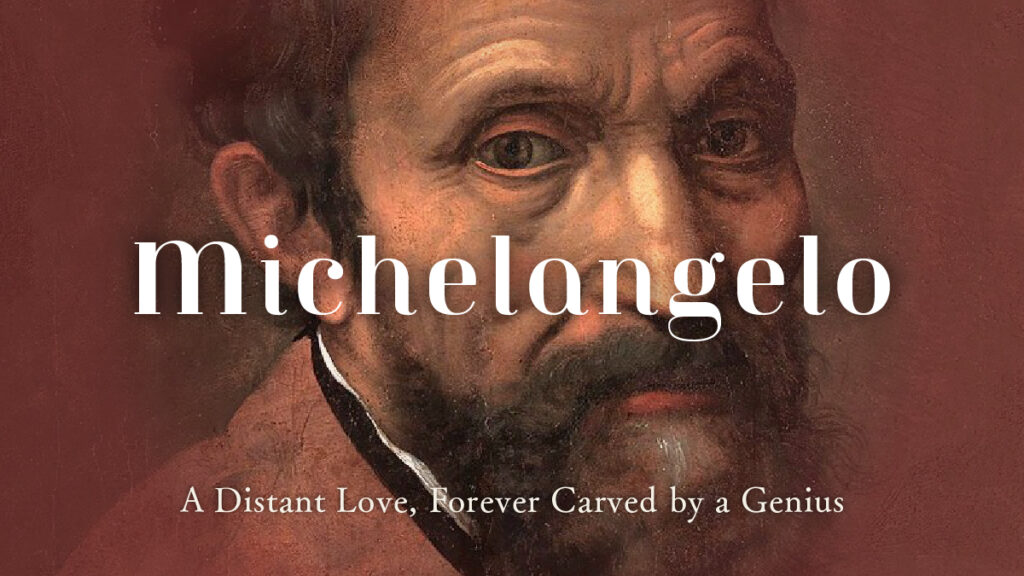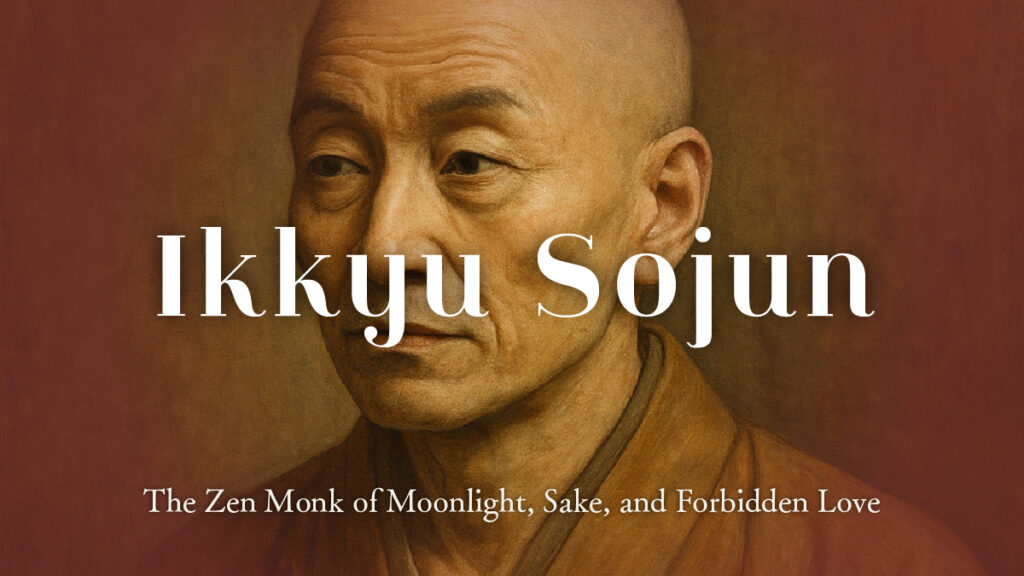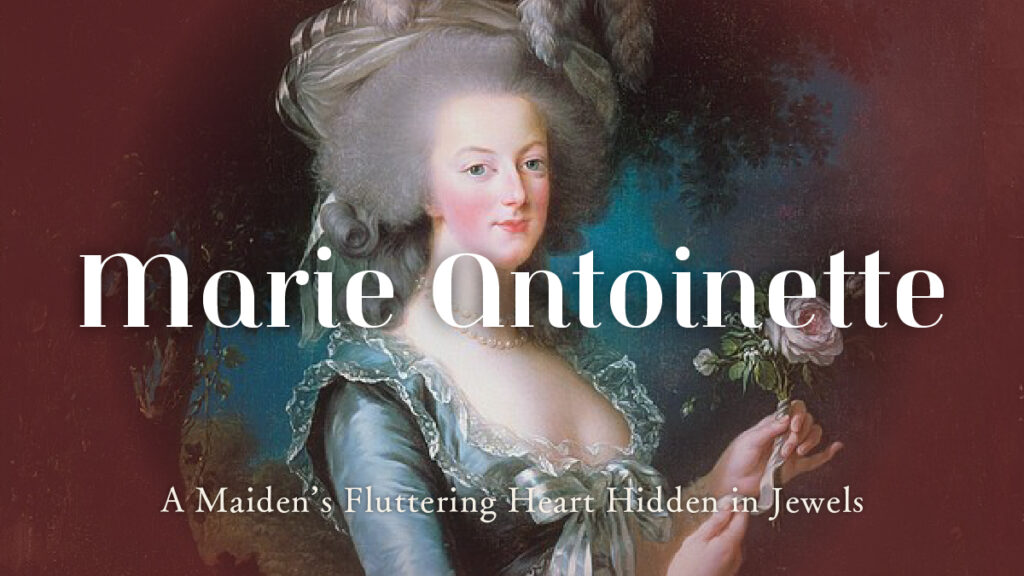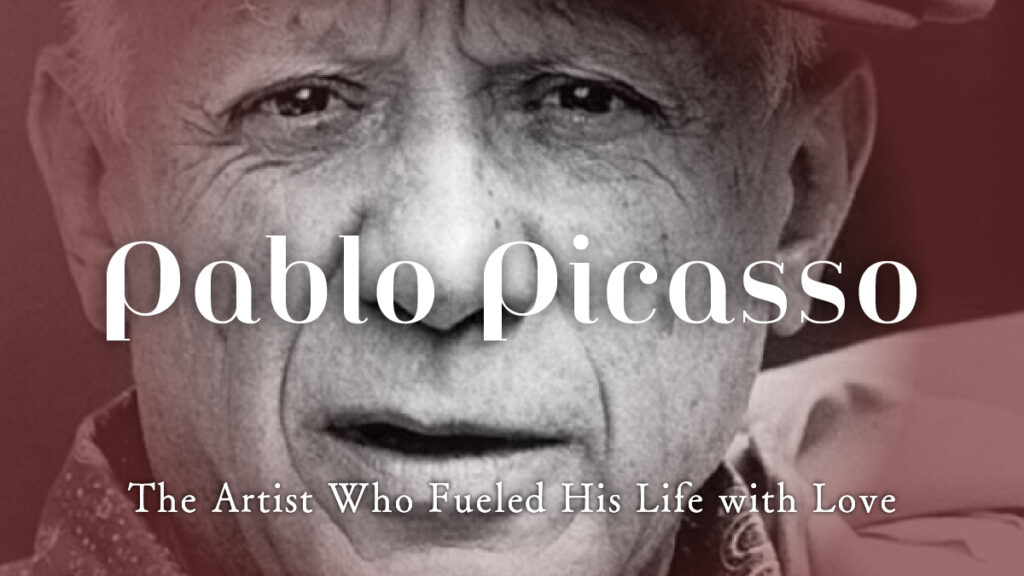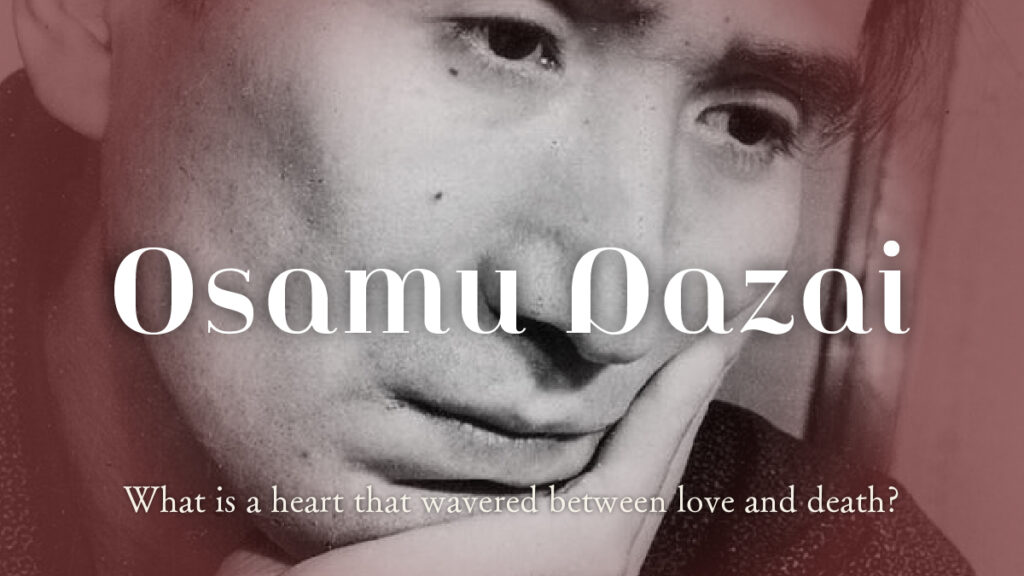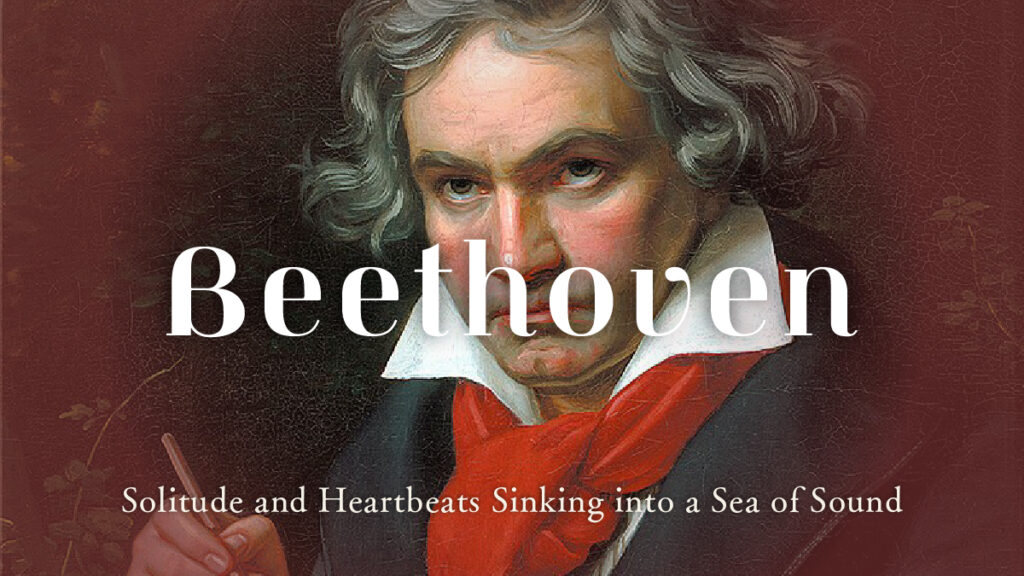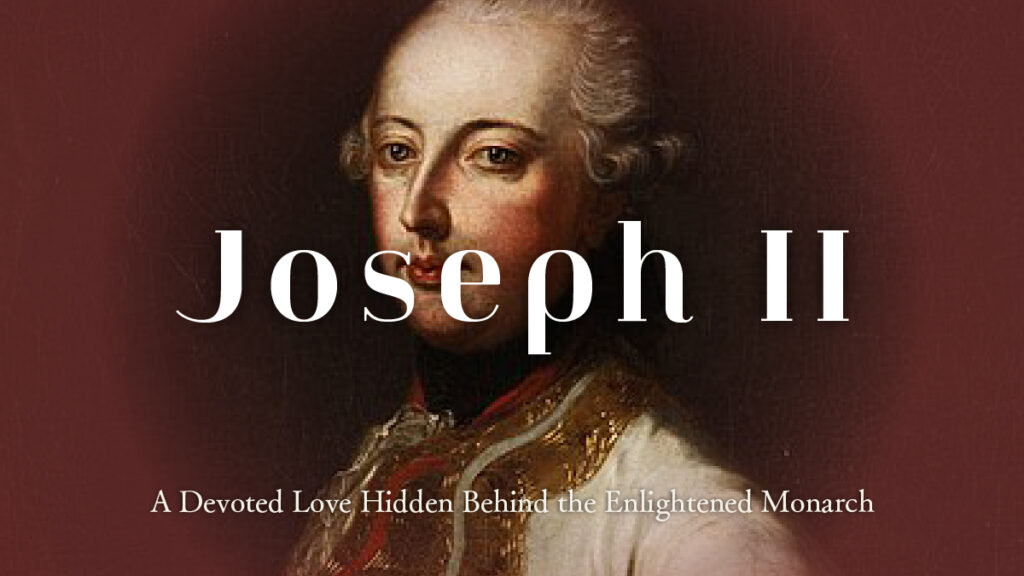Elizabeth I’s View of Love|The Virgin Queen and Her Hidden Tremor of the Heart
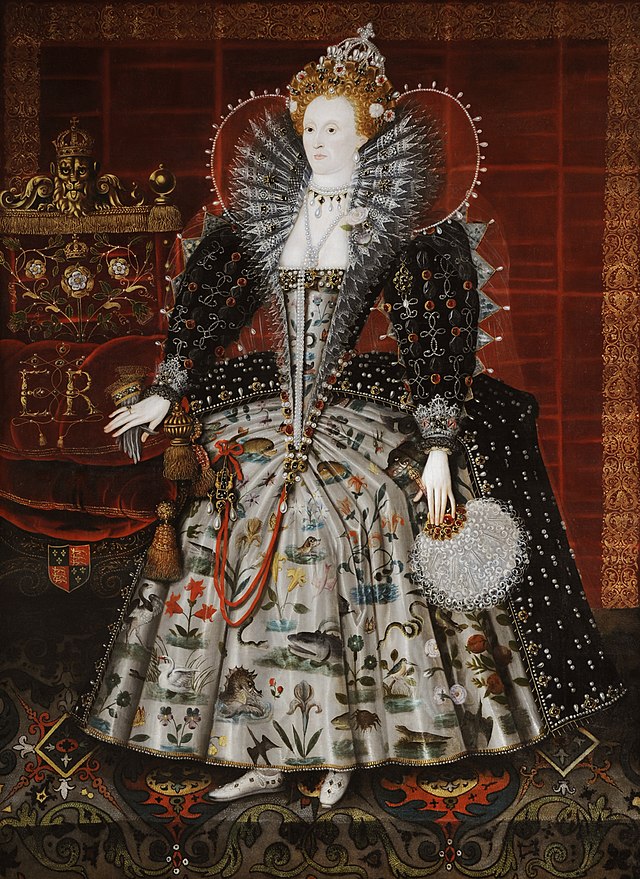
Among the monarchs of English history, few have stirred the imagination quite like her.
Elizabeth I. Known as the “Virgin Queen,” she led 16th-century England into a golden age.
She defeated the Spanish Armada, saw the flowering of Shakespeare’s plays, and maneuvered boldly through the chessboard of politics and diplomacy.
But deep within her heart, behind her powerful facade, lay the faint tremor of a woman’s private yearning.
Did she truly never know love? Or did fate and the burdens of her time simply not allow it?
Let us gently unravel the story of Elizabeth’s love.
Born into Bloodstained Memory
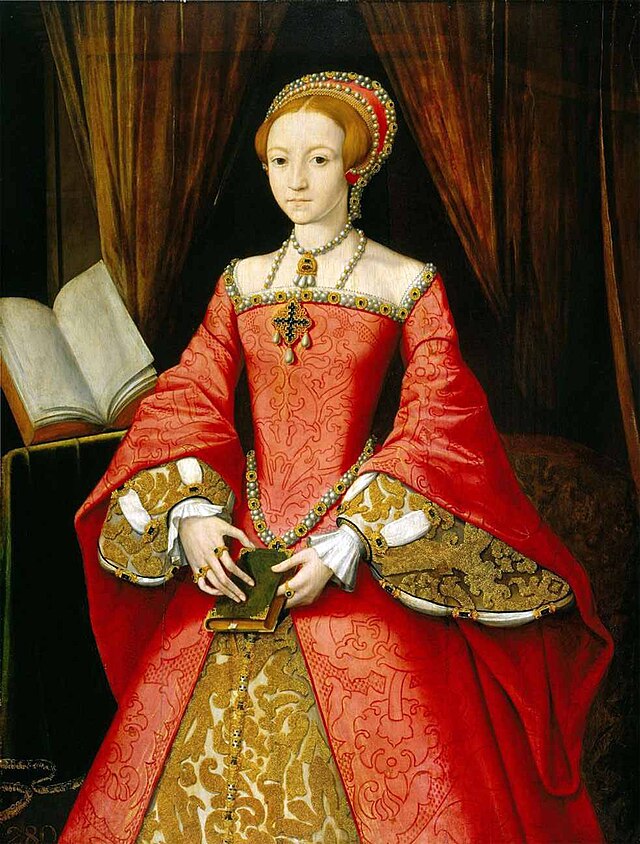
A King’s Love and a Queen’s Tragedy
1533, London. Elizabeth was born to Henry VIII and Anne Boleyn.
Her father was the embodiment of desire and power. Her mother, a woman who had captured the king’s heart with passion and wit.
But their story ended not as a sweet romance, but in tragedy steeped in the scent of blood.
When Elizabeth was only two, her mother Anne was beheaded for “adultery and treason.” A girl who learned early that love could end at the executioner’s block may have forever linked romance with death.
A Solitary Schoolroom
After losing her mother, Elizabeth—though a king’s daughter—was stripped of succession rights and placed in an unstable position. Yet she turned solitude into strength.
She mastered Latin, Greek, French, and Italian, later even Spanish, becoming an exceptional intellect.
Her notebooks show not only mature reflections far beyond her years, but also fragments of poems tinged with loneliness.
Before dreaming of love, she first learned to protect herself.
The First Stirring of the Heart
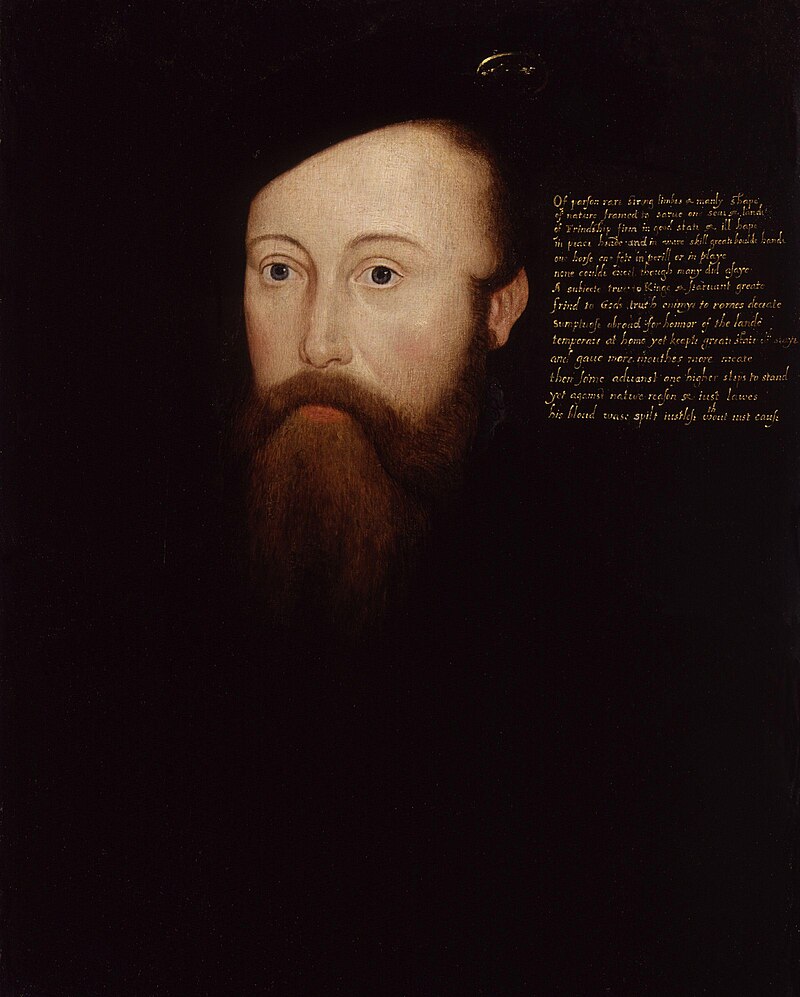
A Dangerous Shadow Appears
In 1547, Henry VIII died, and her 9-year-old brother Edward VI ascended the throne. New figures entered her life. One was Thomas Seymour, the 36-year-old husband of her cousin Catherine Parr.
He was cheerful, ambitious, and above all, dangerously playful with women.
To the 14-year-old Elizabeth, Seymour was more than a relative by marriage. They played tag in the morning garden, and he even slipped into her bedroom— records are vague, but he clearly stirred her young heart.
She may have begun to taste love, though it was shadowed by danger.
Between Affection and Fear
Seymour was even said to have flirted with her maids. Jealousy and confusion. The emotions blooming within Elizabeth were not just sweet—they carried sharp thorns.
Eventually, Catherine Parr grew suspicious of their relationship, and Elizabeth had to leave the household. Seymour was later executed for treason.
With his death, Elizabeth etched a deep lesson into her heart:
—Love is as alluring as it is ruinous.
Between Crown and Love

Coronation and Lonely Splendor
In 1558, at age 25, Elizabeth was crowned Queen of England. A country still bearing the scars of the Wars of the Roses, shaken by religious conflict.
Countless marriage proposals rained down upon the young queen:
King Philip II of Spain, the Duke of Anjou of France, Prince Eric of Sweden… Royal suitors across Europe offered alliances wrapped in romance.
But Elizabeth smiled and masterfully deferred them all, using marriage talks as a tool to secure England’s diplomacy.
Proposals became weapons, glittering in her hand.
Behind her clever maneuvers, the lessons and fears of girlhood loomed quietly.
A Man of Flame: Robert Dudley
There was one man said to have truly touched her heart: Robert Dudley. A childhood acquaintance, ever present by her side from the moment she ascended the throne.
In their mid-20s, rumors swirled throughout the court: “Are the Queen and Dudley lovers?”
Their morning walks, late-night talks, even a shared glance could ignite such speculation.
But Dudley had a wife. In 1560, Amy Robsart died under suspicious circumstances. Rumors flared: “Did he remove her to marry the Queen?”
Their relationship fell into a perilous balance.
Elizabeth never married Dudley. But she kept him in high court positions and exchanged letters with him until his death.
He was neither lover, nor husband, nor political support— but something vaguer, yet unmistakably “special.”
The Courtship Chessboard
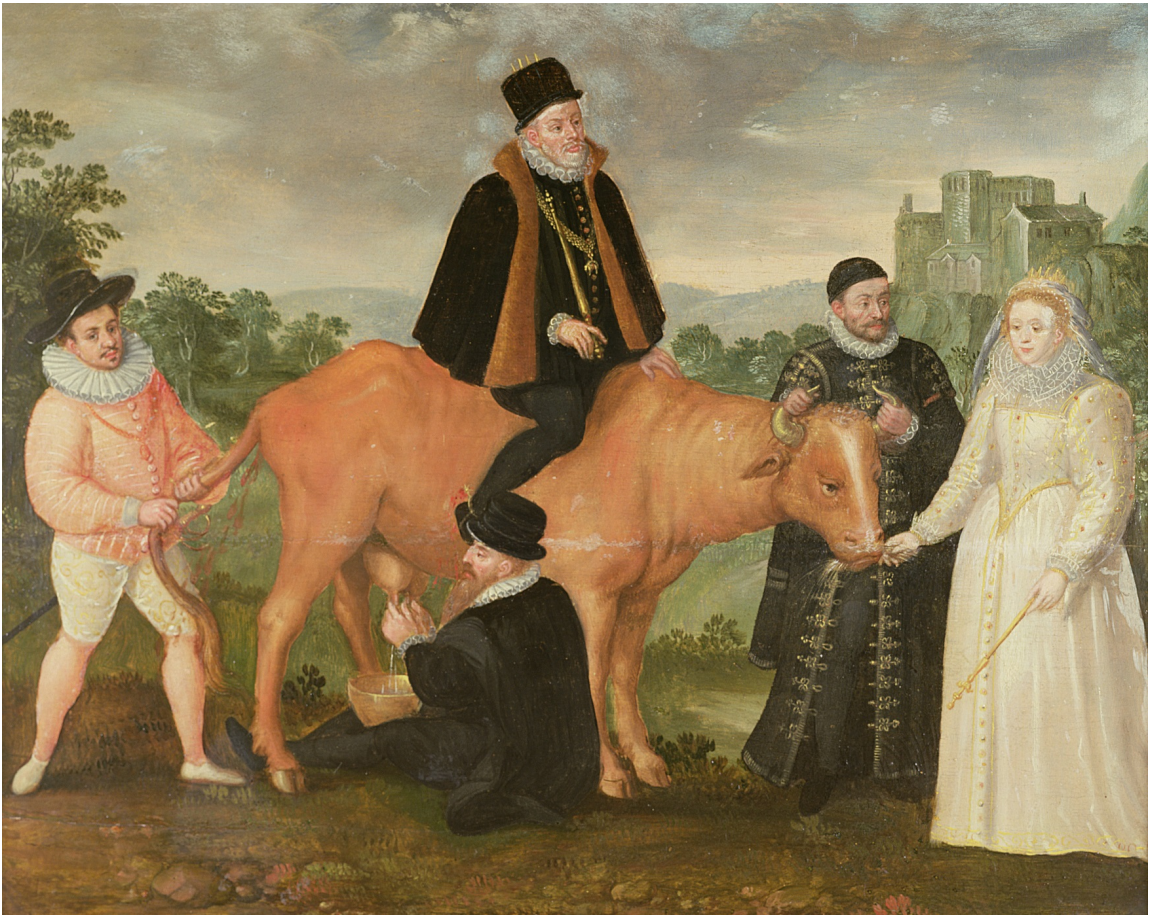
Behind the Proposals
Elizabeth used marriage negotiations as diplomatic tools throughout her reign. “Whom will the Queen choose?”—a question that stirred all of Europe.
During one proposal from the 20-year-old Duke of Anjou, Elizabeth was 45. When they met in London, she masked the age gap with graceful humor.
She took his hand and kissed his cheek in public—causing a frenzy among the people.
But she never married. Her heart was always pulled back by the weight of “country” and “freedom.”
The Choice of a Virgin Queen
“I am already married. My husband is England.”
These words, attributed to Elizabeth, were more than rhetoric.
Courtiers often questioned her about marriage, but she deflected with wit:
“If I were to marry, you would be kneeling before my husband.”
Her joke drew laughter, but beneath it lay a stark reality: To choose love would mean to lose her regal authority.
Yet humans are not creatures of logic alone.
When her maids married, Elizabeth sometimes showed fierce anger. She even imprisoned one for marrying without permission.
Officially, it was for breaking court protocol. But perhaps—she couldn’t bear to see her maids obtain the love that was denied to her.
Beneath her crown, a woman’s heart trembled.
The title “Virgin Queen” was not proof of cold chastity, but a paradoxical answer from someone who yearned for love but refused to surrender freedom.
Jealousy, wit, political masks—she embraced them all and remained a queen until the end.
What Remained in Her Final Years
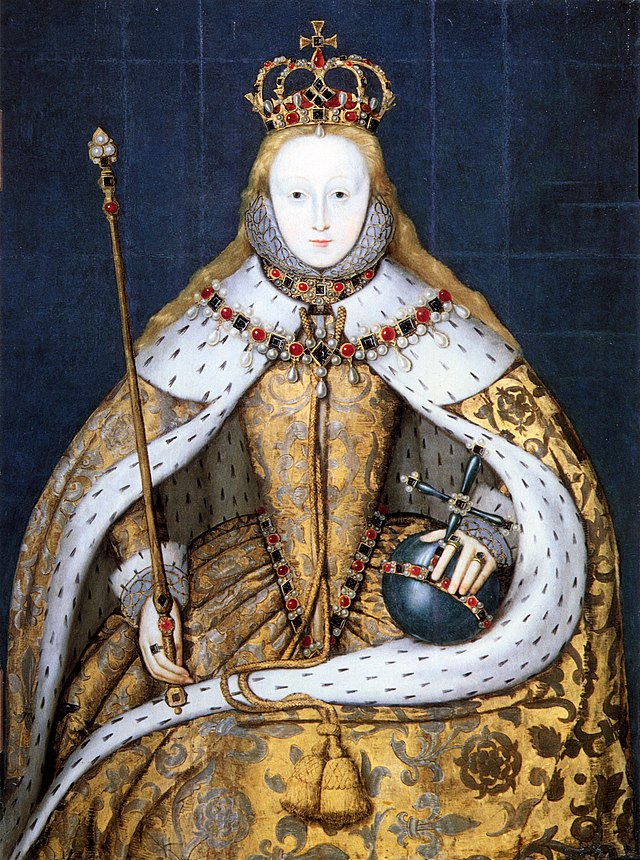
The Aging Monarch
In her old age, Elizabeth painted her face white with makeup, adorned herself with pearls, and clung to splendor.
But what did she ask her reflection in the mirror?
With Dudley gone and her loyal advisors departing one by one, loneliness grew.
1603, age 69. She quietly passed away at Richmond Palace.
Few stood by her bedside, and no last words are recorded.
But her choice to remain unmarried until the end became her very expression of love.
Neither Denying Love Nor Drowning in It
It is hard to summarize Elizabeth I’s view on love in a single phrase.
She feared love, desired it, turned it into politics, and in the end, entrusted it to her nation.
The danger of love, learned at her mother’s beheading. A vague first love with Seymour. Endless feelings for Dudley.
These were both the chains and wings that made her the Virgin Queen.
And one more truth must not be forgotten:
The title “Virgin Queen” was her ultimate branding.
The image of a pure, unmarried queen fused with religious symbolism, stirred patriotism, and became a source of national pride.
She wed not a man, but the entire country in a symbolic collective marriage.
Why do we seek love even as we avoid it?
Perhaps Elizabeth’s life was a long journey to find that answer.
—And if you had been allowed to stand beside her— could you have loved Elizabeth not as a queen, but as a woman?
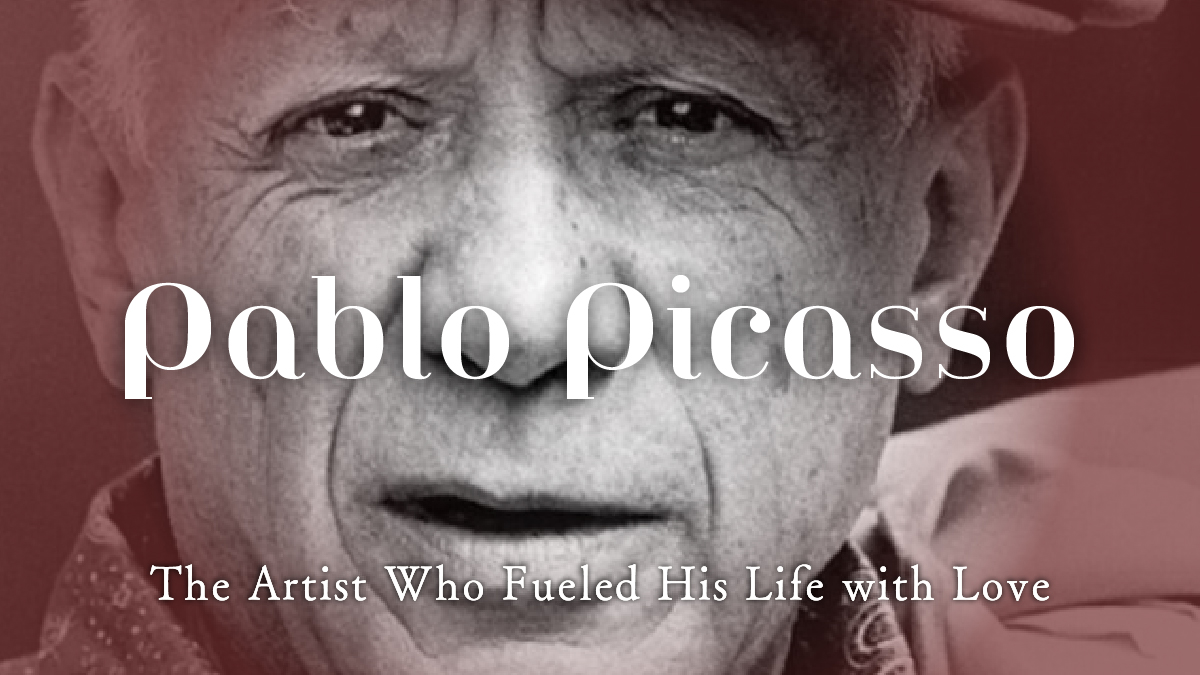
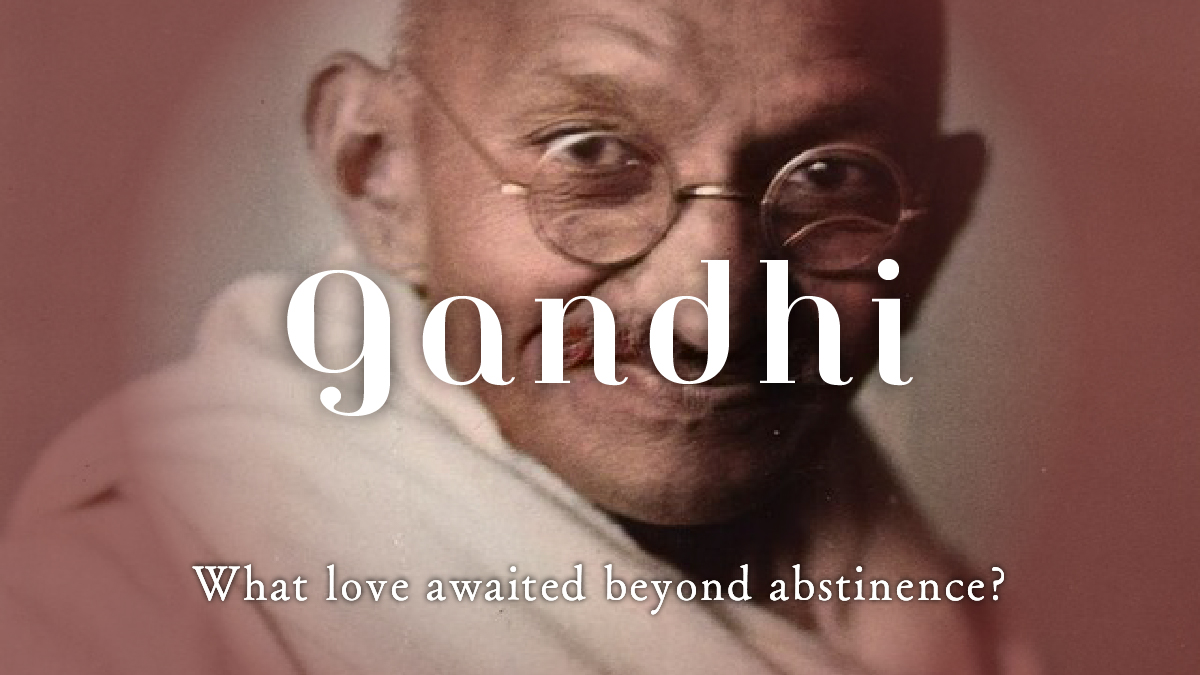
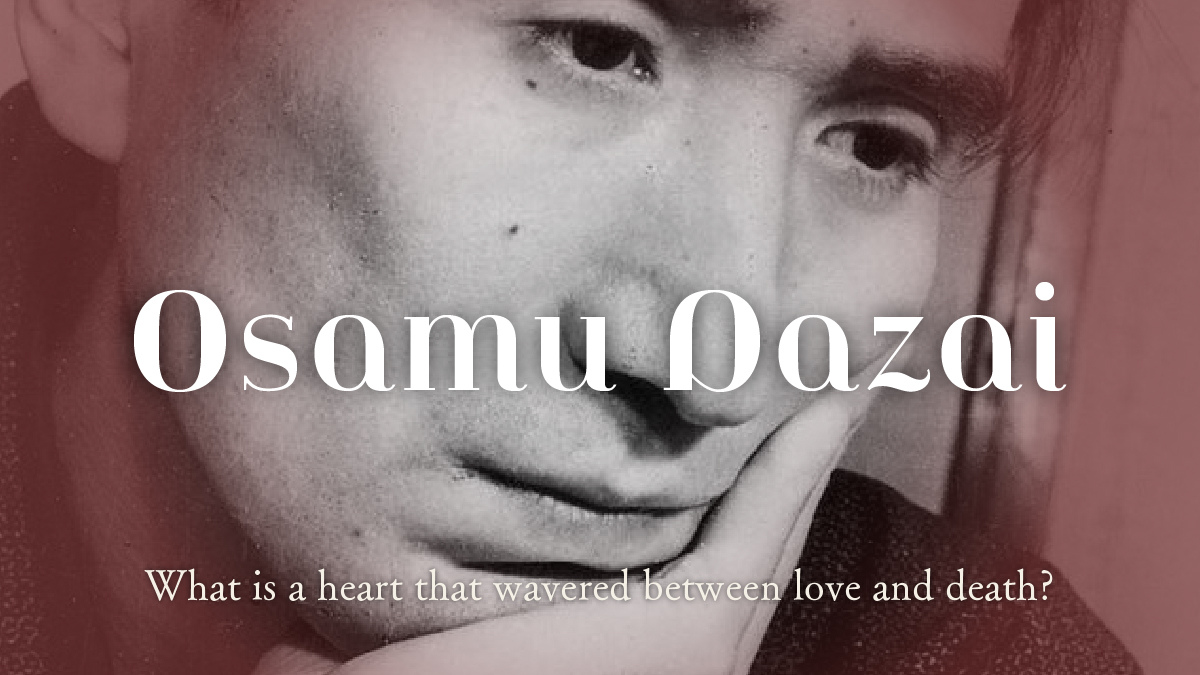


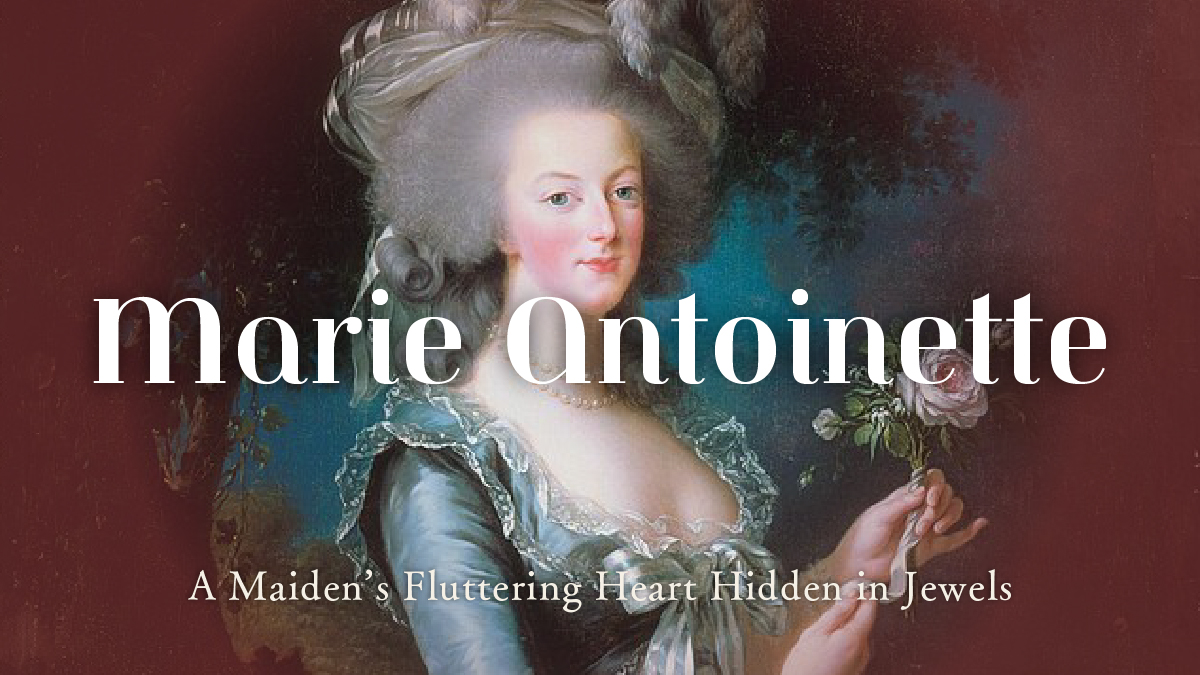
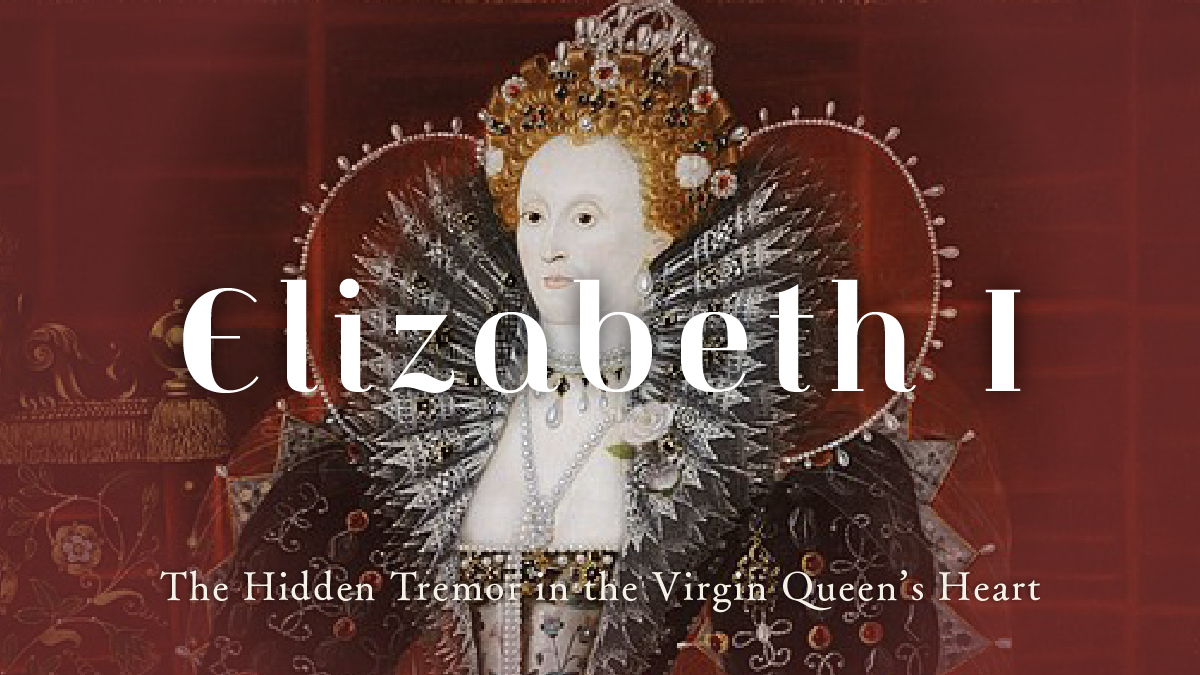
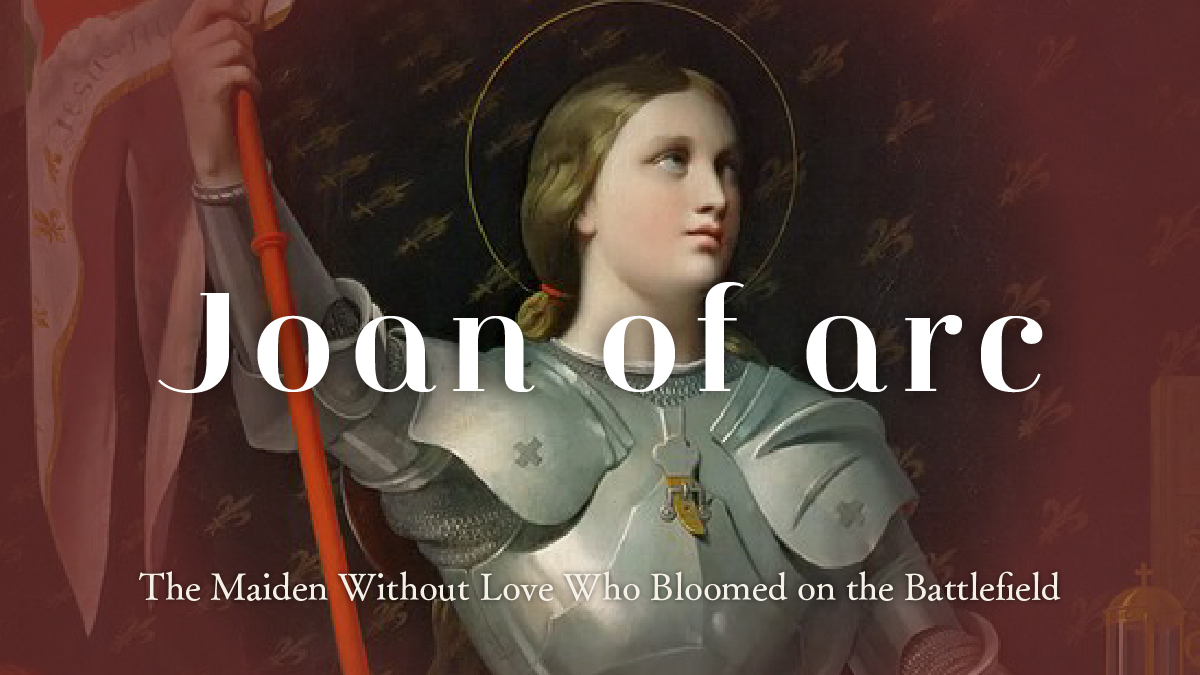
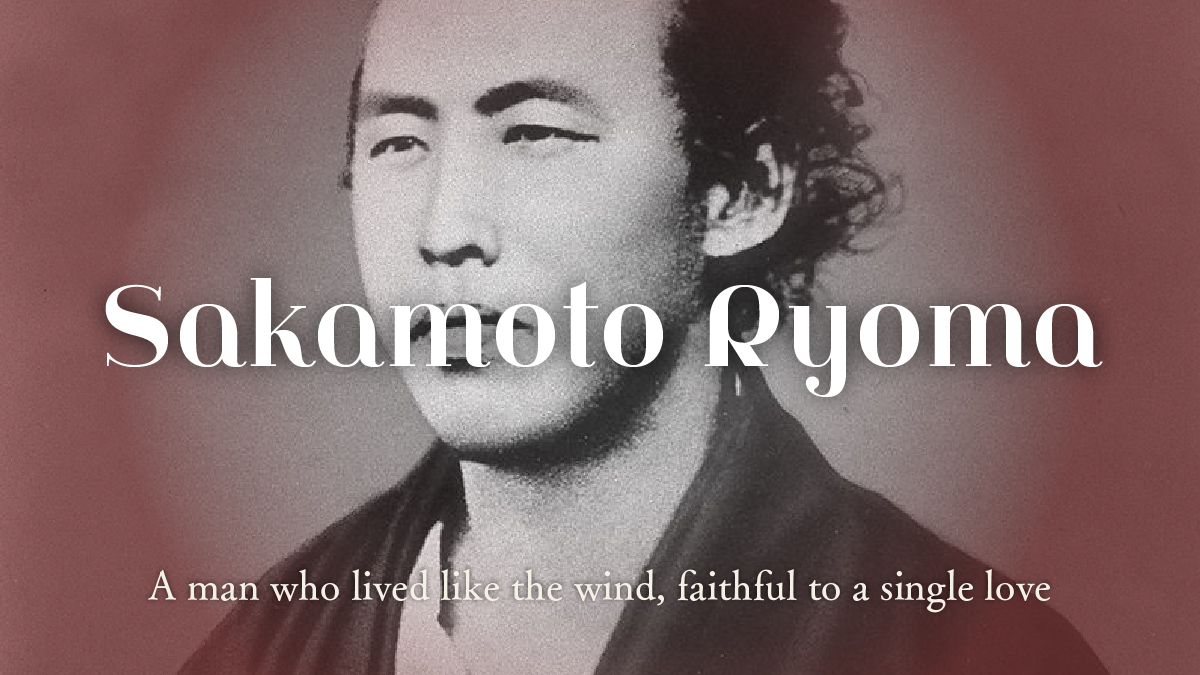
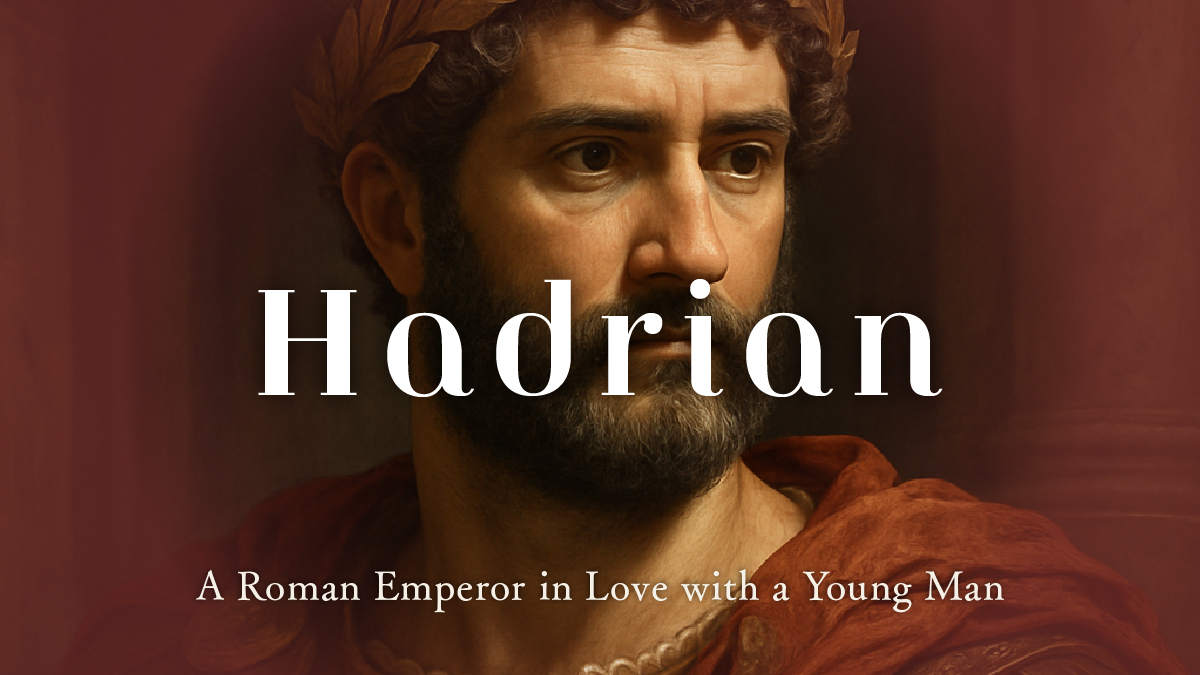


 日本語
日本語